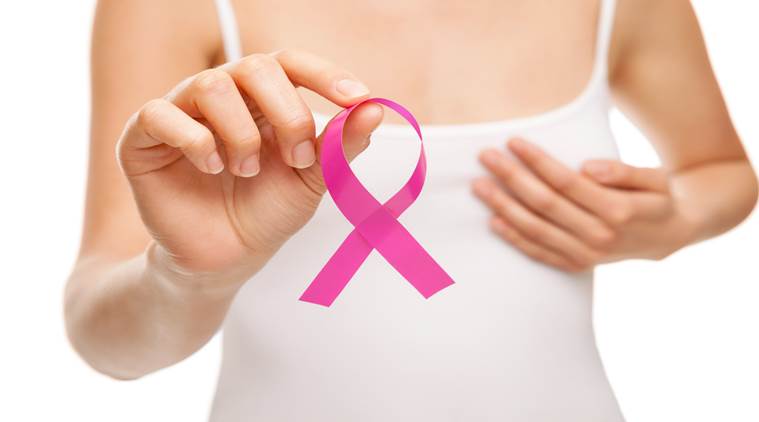
PETALING JAYA: The health ministry has defended the government’s spending for the treatment of cancer, saying some RM400 million a year is allocated for this purpose.
The response from the ministry comes in the wake of criticism from Kampar MP Dr Ko Chun Sen, who said the government needed to invest more, especially for equipment used in the fight against cancer.
“The country lacks sufficient linear accelerator machines used for radiotherapy. Such machines are essential,” Ko said in a statement yesterday.
According to Ko, for Malaysia’s population size, the country needs 184 more of these machines, because there should be eight such machines for every one million people.
“This would mean the country needs 240 linear accelerator machines for its 30 million people, but the public health sector only has 18, while the private sector has 38.”
In response, the health ministry told FMT that despite the rising cost of drugs, the treatment for cancer was still heavily subsidised.
“The government has also spent RM1.04 billion to establish and upgrade regional cancer centres.
“The government also spends a lot of money to attract and retain talent in the public health sector, such as cancer specialists.”
The Malaysian Medical Association (MMA) also came to the defence of the government, saying the health ministry was already doing its best and that it had many other diseases to manage.
Speaking to FMT, MMA president Dr Ravindran R Naidu said the ministry sometimes uses the facilities at private hospitals for patients requiring radiotherapy and that basic chemotherapy is also given for free at government hospitals, though the waiting list to see an oncologist might be long.
“Prevention is still the best way to fight cancer.
“People must do their part by adopting healthier lifestyles, stop smoking and going for human papillomavirus (HPV) and Hepatitis B immunisation, among other things.
“Immunisation against HPV and Hepatitis B is offered for free at government clinics and hospitals,” he said, adding screenings, such as pap smears and mammograms, were also vital.
People with HPV and Hepatitis B have a greater chance of developing cancer.
Meanwhile, Galen Centre for Health and Social Policy CEO Azrul Mohd Khalib said even though charges imposed by government hospitals were very low and fully subsidised, compared with private hospitals, 50% of Malaysians would still face a financial catastrophe if they are diagnosed with cancer.
“Medical costs for the first year of cancer treatment exceed 30% of the household income of low and middle-income groups,” he said.

These, he said, included those in the bottom 40% income group (B40) and senior citizens.
Azrul added that the lack of linear accelerators and cancer specialists also meant that many cancer patients had to travel great distances to get the necessary treatment.
In doing so, they spend a lot on non-medical costs, such as travel and accommodation.
He said there were only six reference hospitals in the country for cancer treatment and they are located in Kuala Lumpur, Putrajaya, Penang, Johor, Sabah and Sarawak.
“On top of that is the fact that there is an insufficient number of oncologists and specialists to treat cancer patients,” he said, adding Malaysia only had 110 oncologists in both the public and private sectors, when at least 240 were needed.
“As an upper middle-income country, Malaysia should and can do better to ensure quality, easily-accessible treatment for cancer,” Azrul said.
Source :-Free Malaysia Today

Leave a Reply